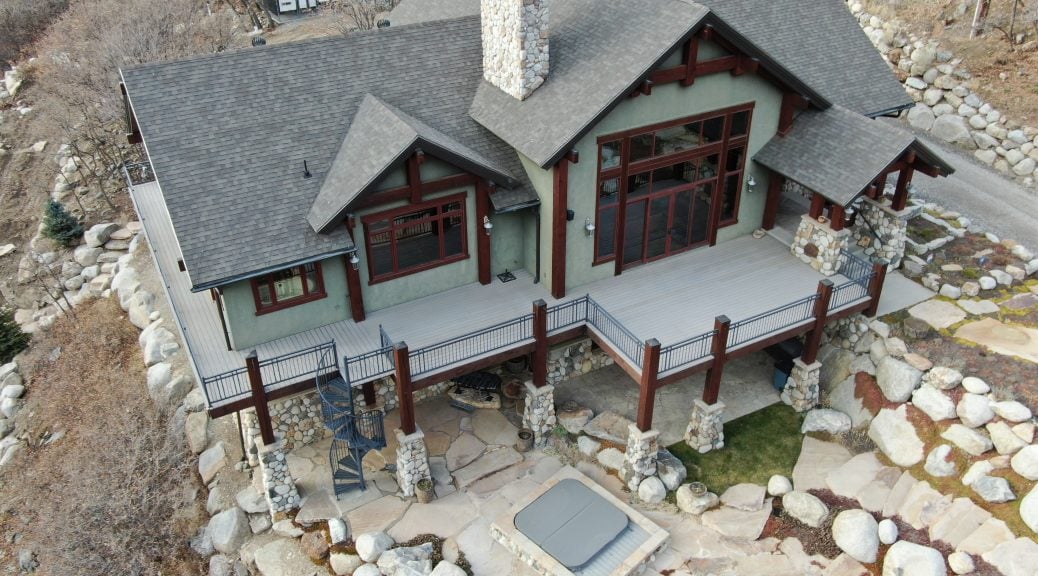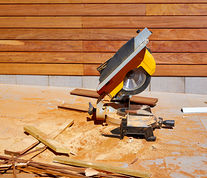In case you’re considering building a deck at your home, this s a great news. You are increasing your property’s value and. at the same time, you are making sure that you are enjoying it at the fullest whiles you live there.
But why should you build a deck besides the fact that you can definitely enjoy some amazing times, especially in the summer, with your family and friends?
#1: One of the main reasons that has been holding a lot of people back from building a deck or simply from renovating a part of their homes relates with the costs. However, even though you may not be aware of it, building a deck is a lot more affordable now than it sed to be a few years ago.
#2: One of the factors that has a huge influence over the price of building a deck is related with the material that you use. If in some recent years most people were building composite deckings, now most people are opting for ipe deckings. And the reasons are numerous for choosing this kind of wood. The first one if the price. Ever since we started to see an increase on the oil prices, composites deckings started to also increase their prices. However, ipe decking is now a much more affordable solution. Other reasons that have been leading to more and more people choosing to build an ipe decking instead of a composite decking include:
– the price of the ipe wood has remained steady;
– the ipe decking is 100% natural wood while composite decking is made of a synthetic plastic;
– ipe is a more durable wood due to its resistance to insects, fungus, mildew, and mold, and due to its natural density. Ipe wood is a renewable resource and is 100% biodegradable.
#3: When you build a deck you are helping the overall economy and, more specifically, your community. When you decide that you want to build a deck, you are not only helping the workers who will be building it directly. You are also helping the person who is cutting the ipe wood, the person who took your order, the person who transport the ipe to your home, among so many others.
As you can see, there are plenty of reasons to start thinking about building your ipe decking today. Make sure that you check out the different companies who you can hire and just enjoy your amazing deck with your family and friends.


 Some builders have heard about Ipe but are afraid to dive into using it because the wood is very dense. The common misconception is that it is hard to work with, because of this density. However if you are using the right blades and bits Ipe can be very easy to use on your next project. Of all the hardwoods used for decking, Ipe is regarded by most as the longest lasting and nicest wood available in the United States.
Some builders have heard about Ipe but are afraid to dive into using it because the wood is very dense. The common misconception is that it is hard to work with, because of this density. However if you are using the right blades and bits Ipe can be very easy to use on your next project. Of all the hardwoods used for decking, Ipe is regarded by most as the longest lasting and nicest wood available in the United States.